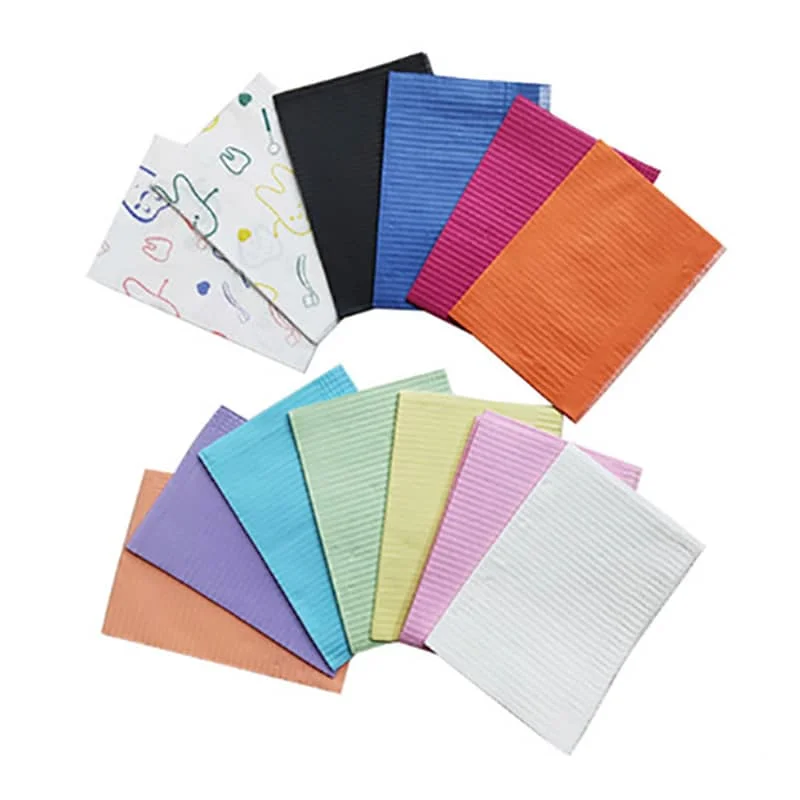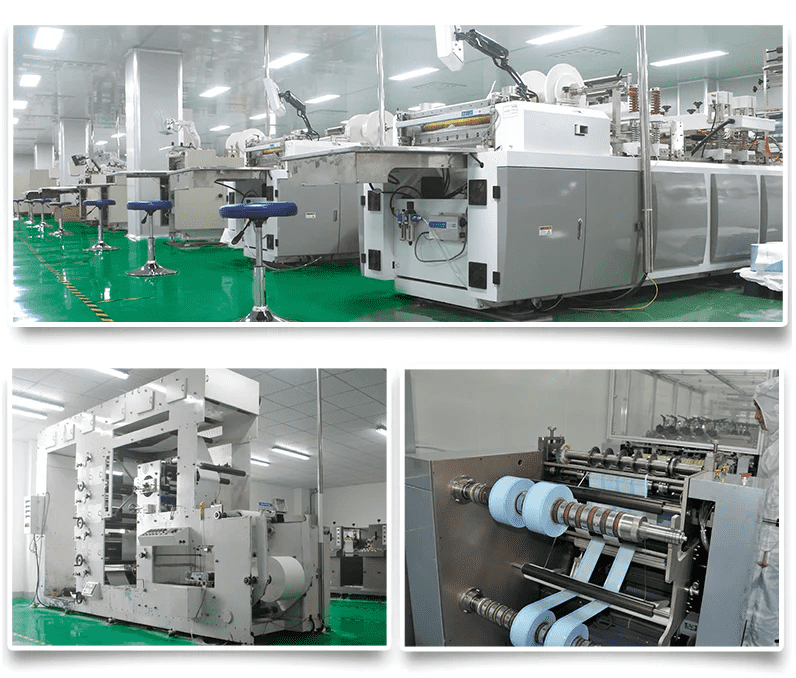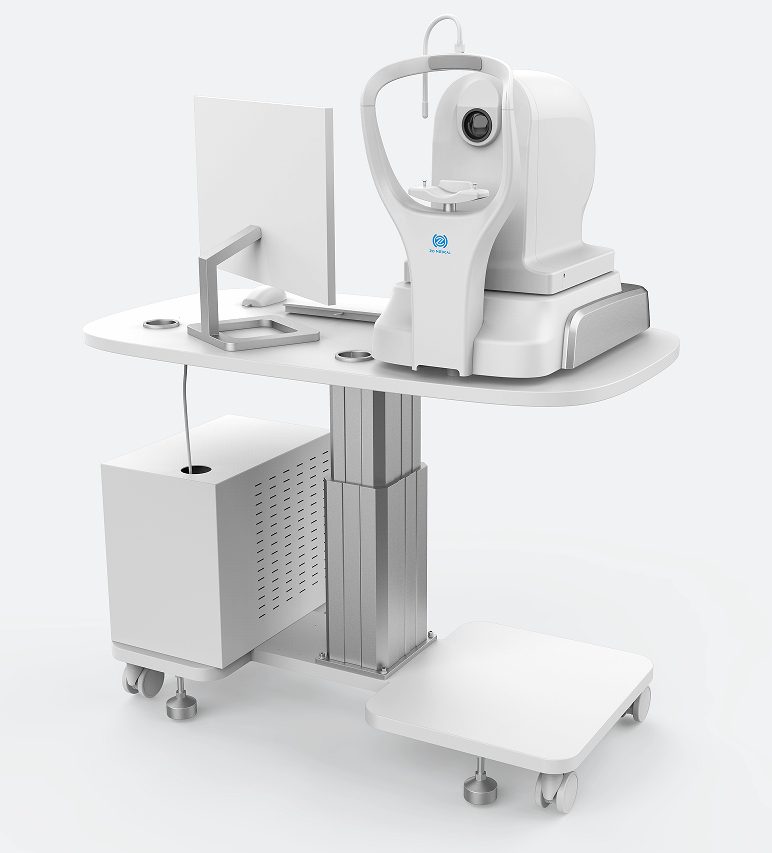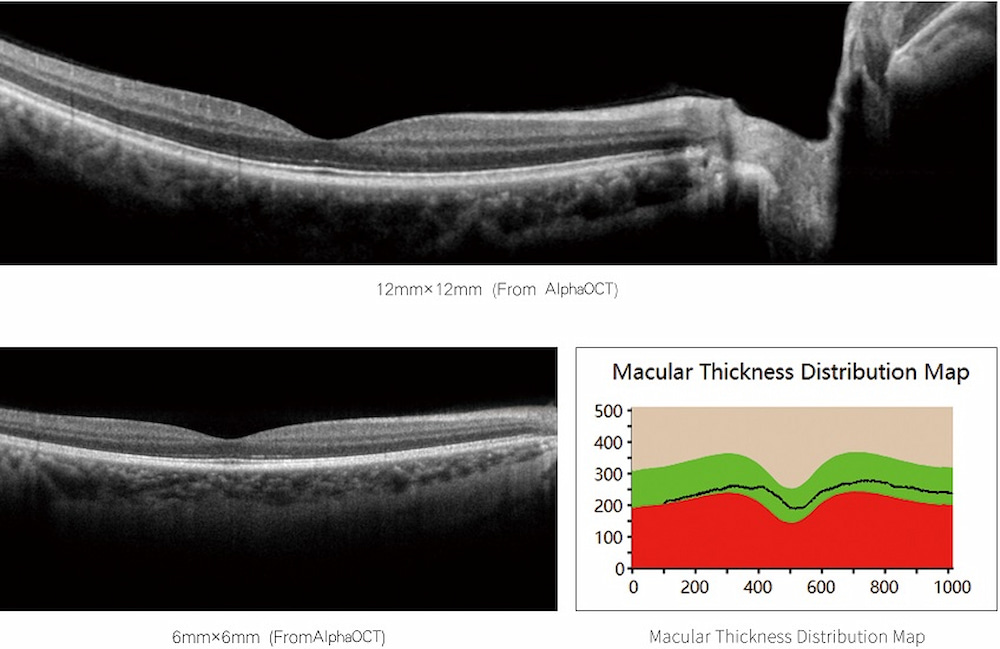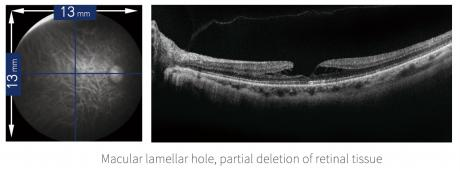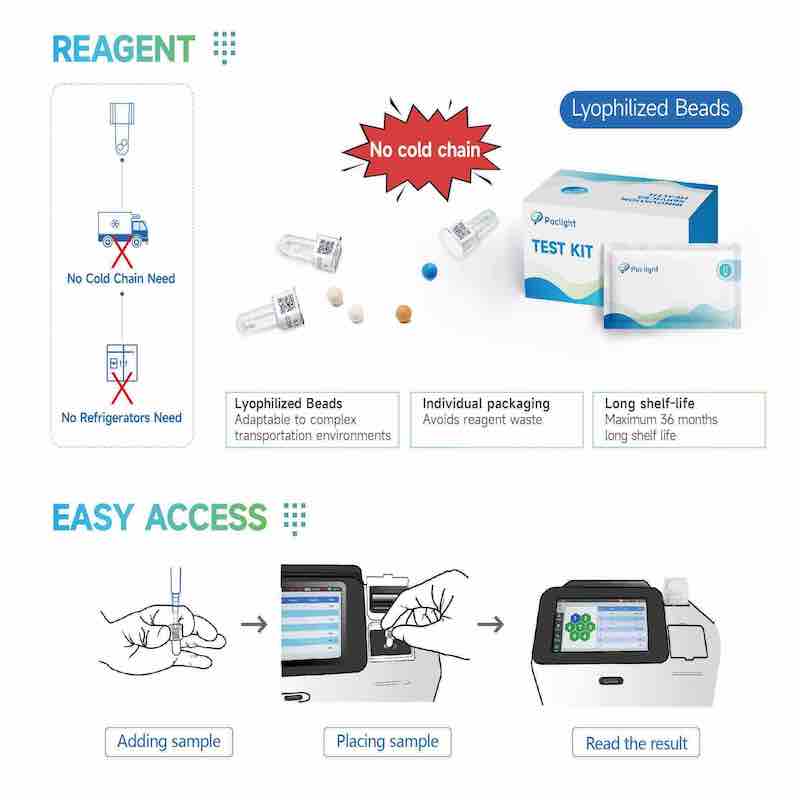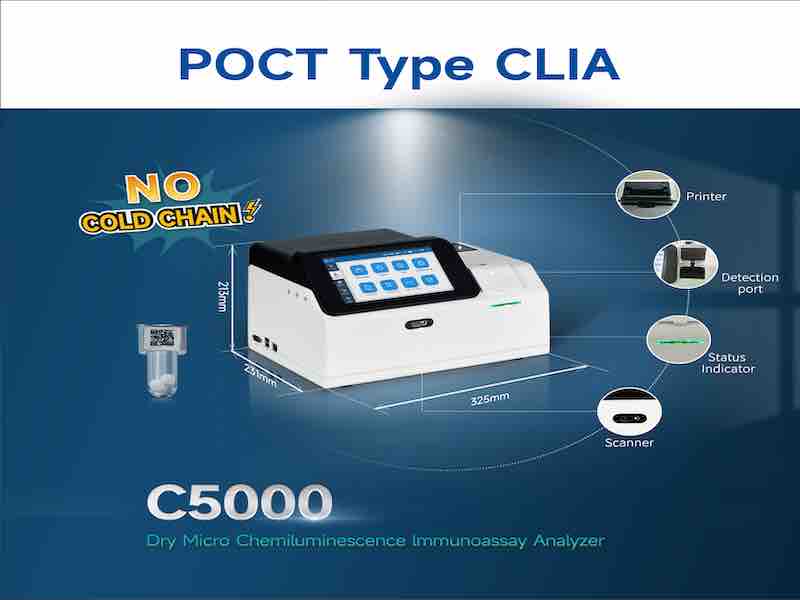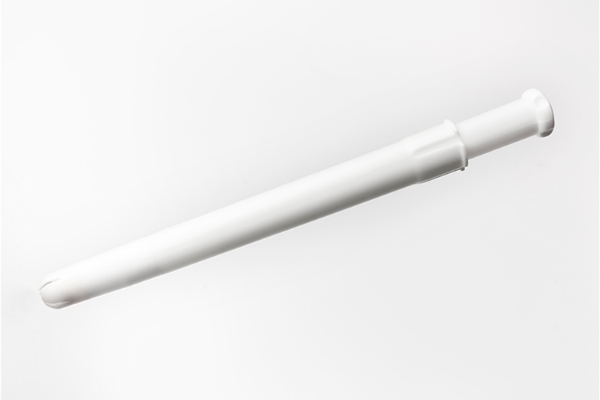In the ever-evolving landscape of point-of-care testing (POCT), innovation is key to meeting the demands of modern healthcare. As a leader in this field, Poclight are excited to introduce our latest advancement: lyophilized spherical reagents. By transforming traditional reagents into a freeze-dried format, we have eliminated the dependency on cold-chain transport, making diagnostics more accessible than ever.
Poclight's lyophilized spherical reagents can be stored at room temperature, between 2-30°C, and boast an impressive shelf life of over 12 months. This breakthrough not only simplifies logistics but also ensures that healthcare providers can rely on our products without the complications associated with cold storage. This accessibility is crucial, especially in remote or underserved areas where cold-chain facilities may not be available.
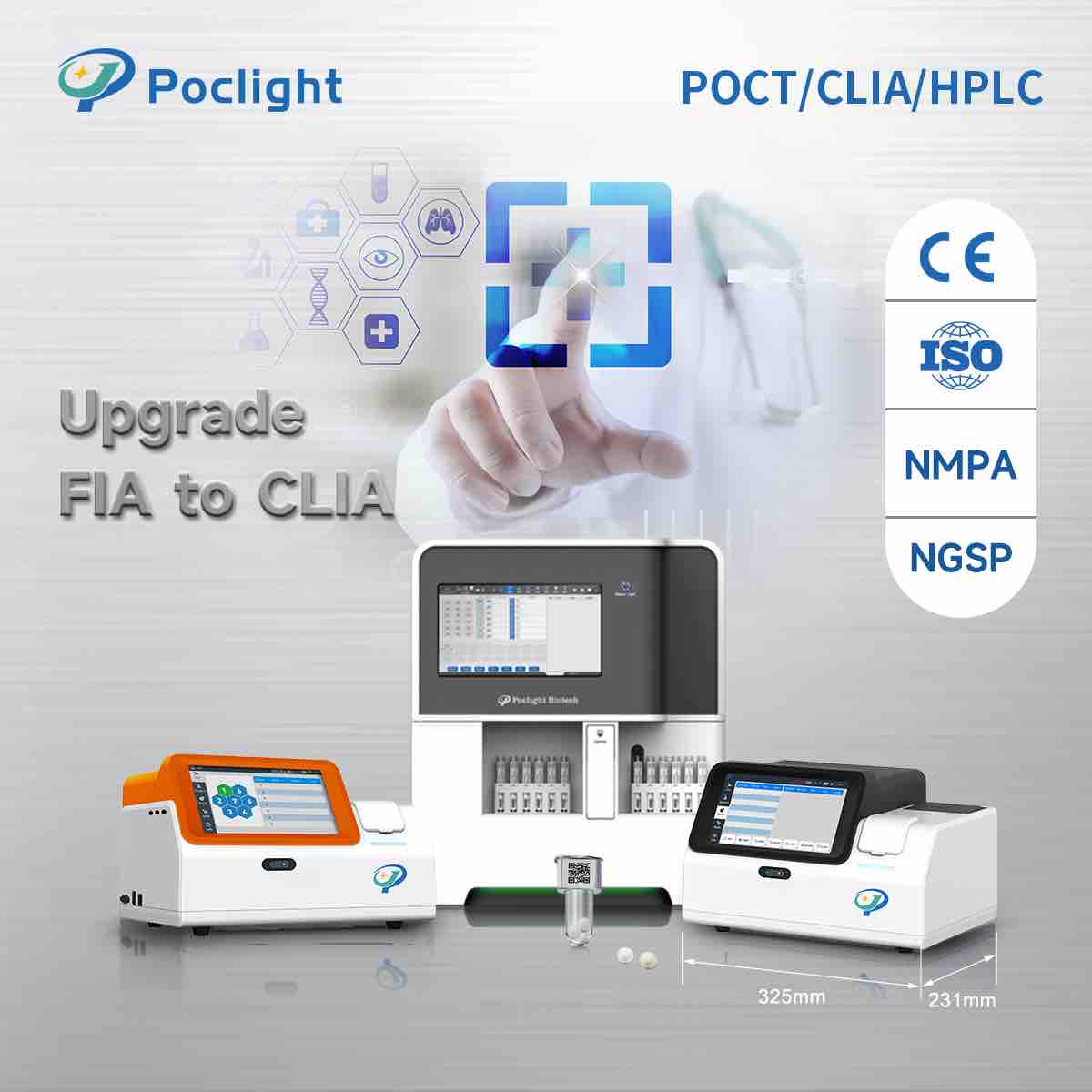
What sets Poclight's reagents apart is their ability to maintain the high precision levels expected from chemiluminescent assays. Despite the challenges of storage, Poclight's products deliver accuracy and reliability, enabling healthcare professionals to make informed decisions based on trustworthy results. This precision is essential for effective diagnosis and treatment, ensuring that patients receive the care they need in a timely manner.
Moreover, Poclight's innovation extends beyond just the reagents themselves. By streamlining the testing process, it easier for users to obtain results quickly and efficiently. The one-step operation allows healthcare providers to perform tests with minimal training, reducing the likelihood of errors and enhancing workflow efficiency.
As we continue to push the boundaries of what is possible in POCT, Poclight's lyophilized spherical reagents stand as a testament to our commitment to improving healthcare delivery. By removing the constraints of cold-chain transport and maintaining high-quality standards, we are setting a new benchmark for diagnostic testing in diverse settings.
The lyophilized spherical reagents represents a significant leap forward in the field of POCT. This innovation not only enhances accessibility and usability but also ensures that healthcare professionals can deliver accurate and timely POCT diagnostics, ultimately benefiting patient care.

